Leica is a brand that stokes a lot of passion among users, and derision among others because it is regarded as merely a luxury brand. Gucci is a luxury brand: nothing about a Gucci bag’s quality changes the way one carries things. Everything about a Leica changes the way you photograph.
Inspiration
I have a signed copy of Ken Narula’s Iris and Lens, published by Steidl in Germany. It’s a gorgeous rendering of Narula’s street photography in one book and another with images of his Leica lens collection with which he created the images in the first. I enjoy books like this for their inspiration and for validation of my own not insignificant devotion to Leica. A Leica changes the way you photograph.
It’s the lineage
I think Leica has done an outstanding job of cultivating its brand and understanding the motivations of people who buy or want to buy their products. Leica has an allure for emotional reasons. With its M series, Leica’s lineage draws a direct line from greats like Henri Cartier-Bresson to the camera you hold in your hand.
So many epic photographs were made with these cameras over the last century (if you don’t know, Leica will show you.) You can’t help but imagine that these cameras will somehow elevate your own photography, if only by making you want to live up to their reputation.

Buttons, be gone
Walk into a camera store today and look around. What do you see? Buttons. Lots and lots of buttons. Certainly, they serve a purpose and there are many different forms of photography that require automation and speed. But what you notice with Leica cameras is an utter lack of unnecessary buttons, unnecessary to a Leica shooter
A Leica M made today could almost be mistaken for the earliest M made in 1954. In fact, those early cameras are still in daily use today. With occasional maintenance, they are every bit the precision machines they were when new.
Watch Jukka, a technician testing a circa 1930 Leica I’s shutter mechanism (1:09:03 mark) remarking how it was still amazingly accurate.
Beer pocketbook vs. champagne taste
Yet, this quality comes at a price. Leica’s handmade ethos in a world of mass production makes them considerably more expensive than their rivals. A top-of-the-line Canon costs less than half than a Leica M11, and is still cheaper than Leica’s lowest price.
In 1954, the new Leica M3 sold for $288 ($477 with a 50mm Summicron!) which is close to $3,500 (~$5600) in today’s dollars. They were expensive when Cartier-Bresson bought his, but today’s M6 sells new for nearly $6,000 and a 50mm Summicron sells for over $4,000, and digital M cameras reaching over $10,000.
It’s impossible for me to know how much of that doubling of price reflects the realities of manufacturing, duties and exchange rates, or a pricing strategy that recognises higher prices as a differentiator and connotes status.
Slow depreciation
If you walk into a Leica retail shop, they’ll happily sell you a used camera as well as new. The used market for Leicas is brisk. They frustratingly hold their value, such that even decades-old cameras are still as expensive as other brands’ new cameras. As all makers do, Leica introduces improvements to their digital cameras, but many models—like 2009’s M9 with its pre-CMOS CCD sensor—are still beloved.
So the after market cuts both ways. The elevated prices allow you some flexibility to sell your gear, but for buyers, there are few bargains and surprisingly high prices. I had to sell years worth of accumulated gear to pay for mine. It takes a collector’s mentality to find value. The Leica Pocket Book is a comprehensive historical classification of Leica cameras and lenses. It is super helpful for understanding why some Leica equipment is more expensive than others. It takes patience and knowledge to do well in the used market.
Function vs fashion

However, their collectability presents a tension between the workhorse tool used in war zones and collectible objects of desire. Leica feeds this with limited editions — like an M wrapped in python skin! I would guess they mostly end up in someone’s display collection rather than in an arsenal of tools. It’s understandable that classic editions of a well-made, rare camera have value beyond the practical. But this less-than-wealthy photographer finds creating superficial scarcity off-putting.
The 650 M10 Monochrom “Leitz Wetzlar” editions have special engraving on their top plate. That engraving will cost you $1,500 more than the non-engraved version for a camera whose elaborate electronics down the line may cease to work or otherwise could be rendered obsolete. Of course, I don’t have to buy it, but I suspect that collectability elevates prices for everyday users.
When I walk into a Leica store, I have that same disconnect as entering a casino, where I sense that my dollars pay for the palace. I get the feeling of unearned privilege. Owning a Leica may put you in the company of greats and serious photographers, but the dilettantes as well, begging the question, which am I? I firmly believe that a Leica changes the way you photograph.
The dilettante’s dilemma
Is it worth it for a photographer whose work will never earn more than they pour into their gear? To be frank, I sometimes feel like I’ve just been sucked in by the mystique and beauty. My Leica will see a fraction of use that a professional would enjoy, but I do covet it as a beautiful mechanical marvel, and I do hang on to its history and specialness.
There are many reasons not to buy a Leica. There are only a handful of focal length that work well with the rangefinder, which is darn difficult to use (until you get used to it), and problematic if you wear eyeglasses. And there’s no autofocus.
If you drop the damn thing, well, good luck if it breaks. Repairs can be expensive, and these days take a very long time. They’re certainly not for every style of photography, so thou needs to “know thyself” before committing.
So then, why?
When I bought my Leica, I had begun a journey to take my photography seriously as a craft more than ever before. Using a Leica changes the way you photograph. I wanted nothing to stand between me and my work.
I wanted fully manual control and no fiddly buttons on a screen. The exposure triangle in photography is fundamental, and I don’t want to think about anything other than my shot.
The years I used SLRs left me never fully understanding their functionality. I find my images are better with a camera that gets out of my way. I also wanted a camera light enough I never had to decide whether I should take it with me or not.
Furthermore, I know I don’t need to justify it to anyone but myself, but those are the parameters with which I turned to the brand I had revered for ages because I could find nothing like it. And then I held one. Oh, I felt it — love at first click. Seriously, if you have one, you will know what I mean. A Leica really changes the way you photograph.
Of course, gear doesn’t matter, does it? That’s a loaded concept for many, but to me, it means that gear itself can’t make you a better photographer. That said, what I learned using my Leica with all its constraints has given me the confidence to use any camera, and using a rangefinder and manual focus lenses feels perfectly natural now. I came for the quality, heritage, and manual controls; I stay for the pure minimalism that is not only beautiful but essential to my flow.
Magic can only come from a skilful hand
The “Leica Look” may be mythological, but my theory is that it exists because the images taken with these cameras are by people who bring a high level of seriousness to their work. Leicas don’t make the images better; they allow the photographer to be better by getting out of the way.
It’s a feeling you have using one, that a Leica changes the way you photograph. My discomfort with the privilege remains. But it’s that intentionality that has made all the difference to me and my work. That’s why I’ve chosen Leica’s most historically aligned cameras to push my craft.
My only digital camera these days is an M11-D. Purely optical and nearly identical in layout to my M6TTL, the M11-D gives me the power of a sensor with the constraint of the cameras that have taken some of the greatest photos we’ve ever seen.
If you are enjoying this series of articles, do press the LIKE button and share individual views on your social media channels.
Make a donation to help with our running costs
Did you know that Macfilos is run by five photography enthusiasts based in the UK, USA and Europe? We cover all the substantial costs of running the site, and we do not carry advertising because it spoils readers’ enjoyment. Every amount, however small, will be appreciated, and we will write to acknowledge your generosity.

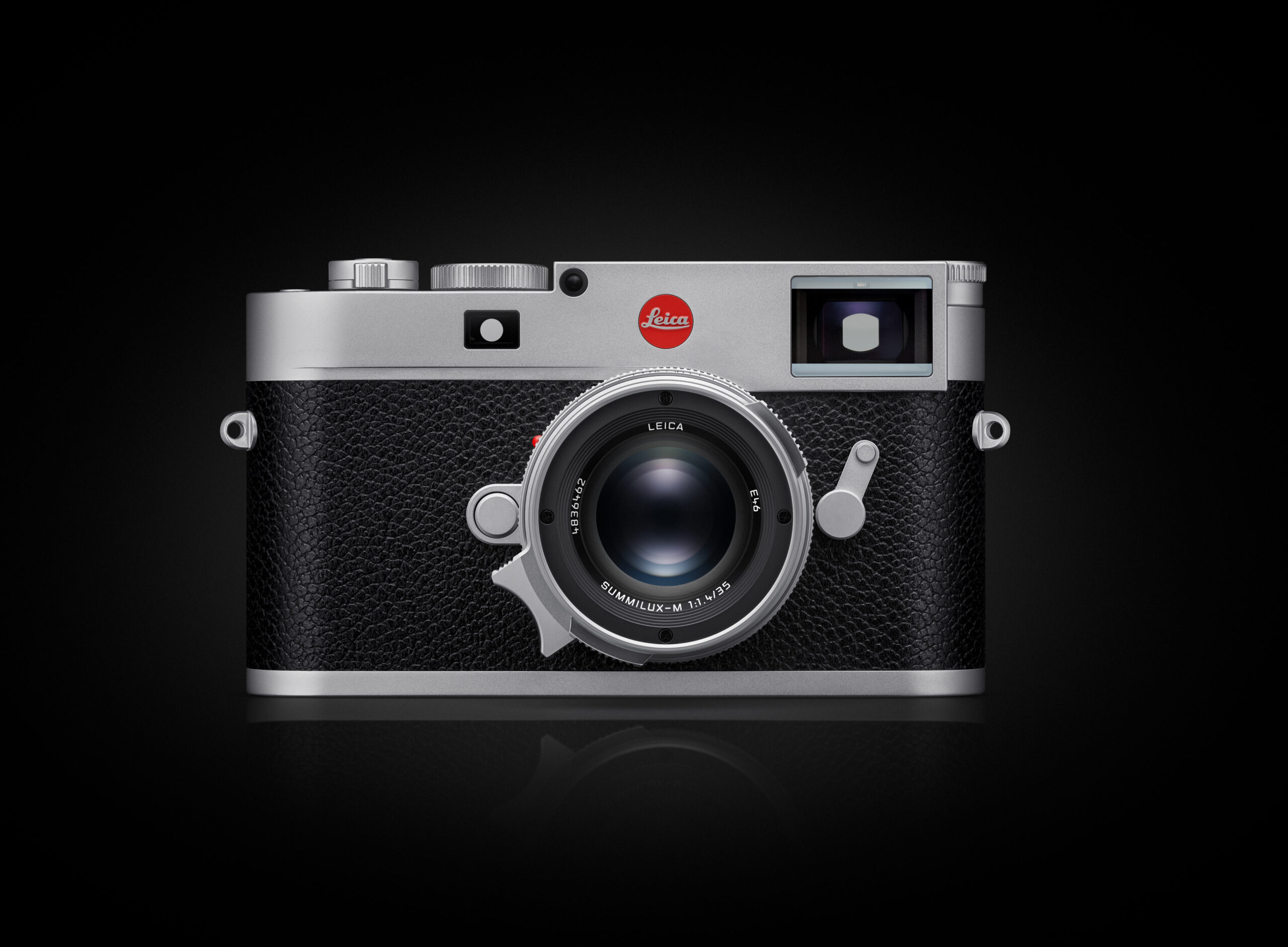
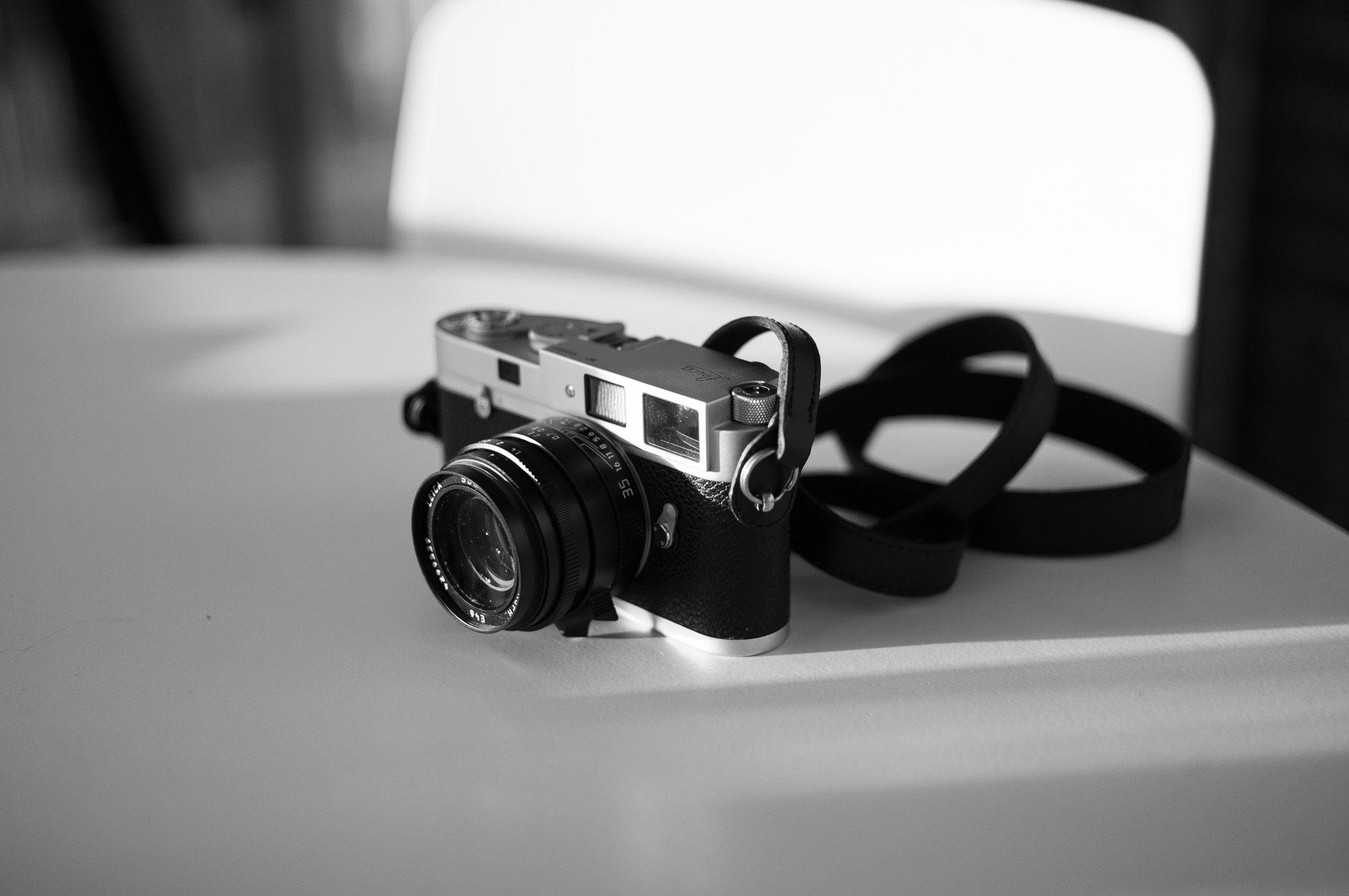
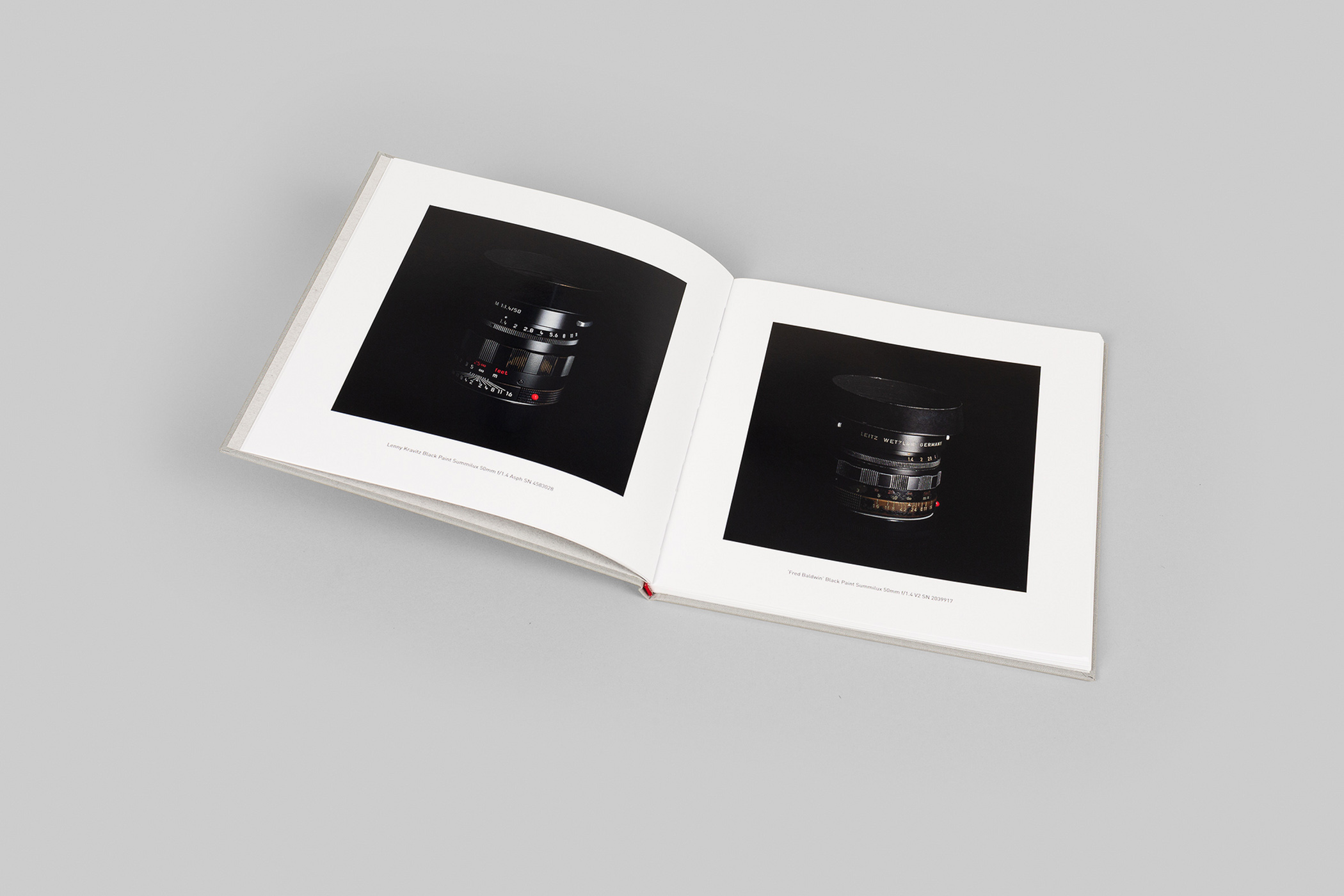
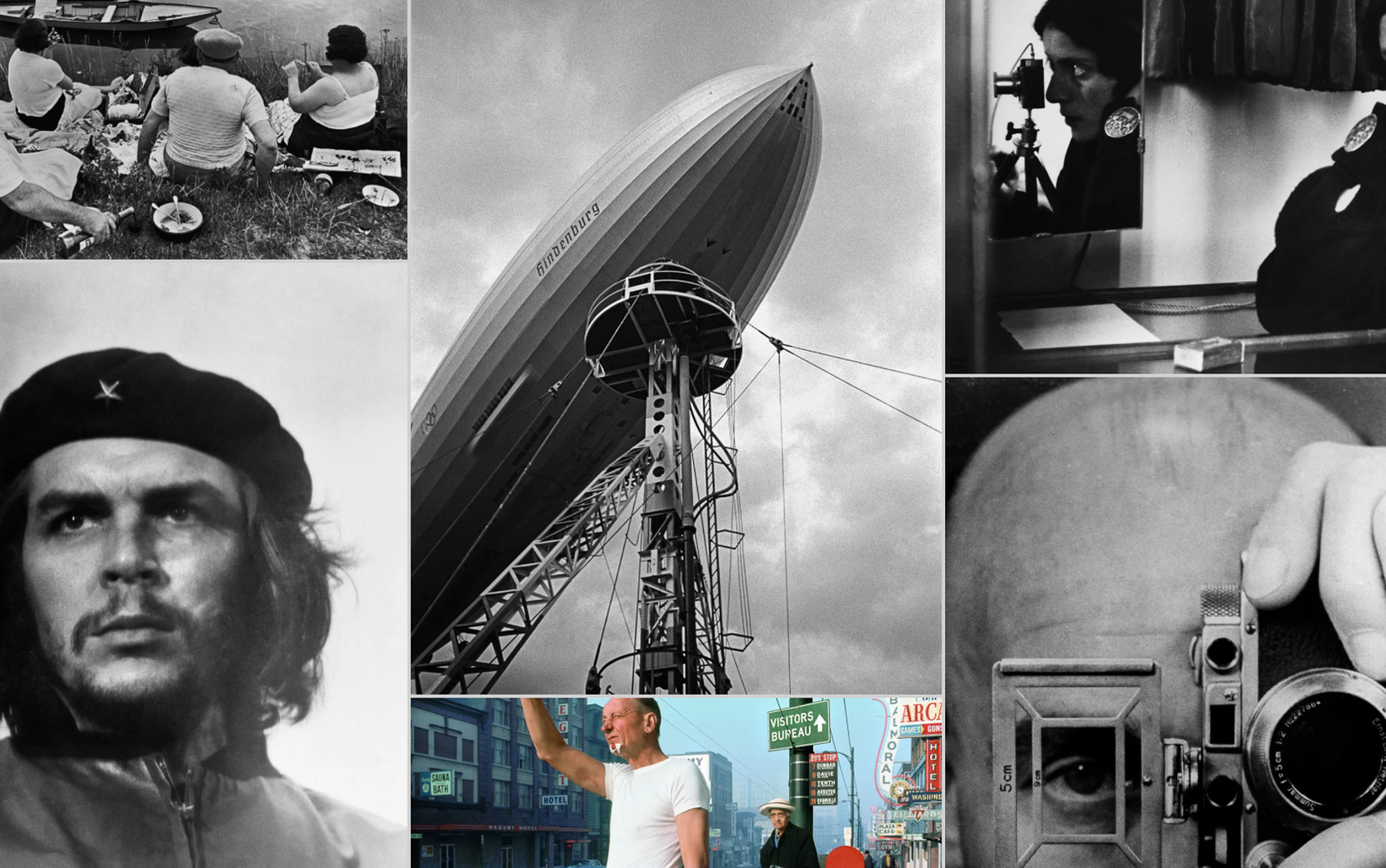
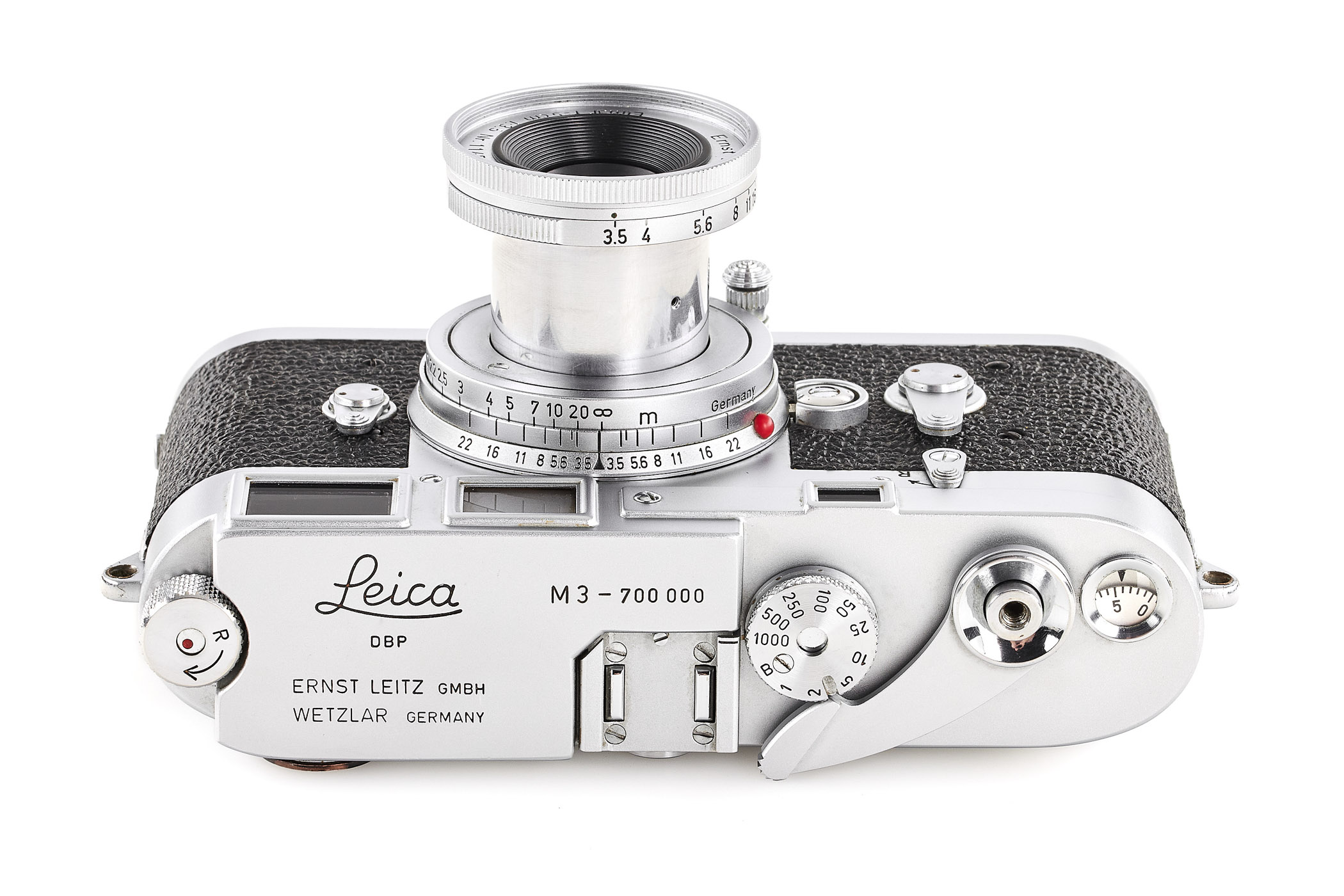
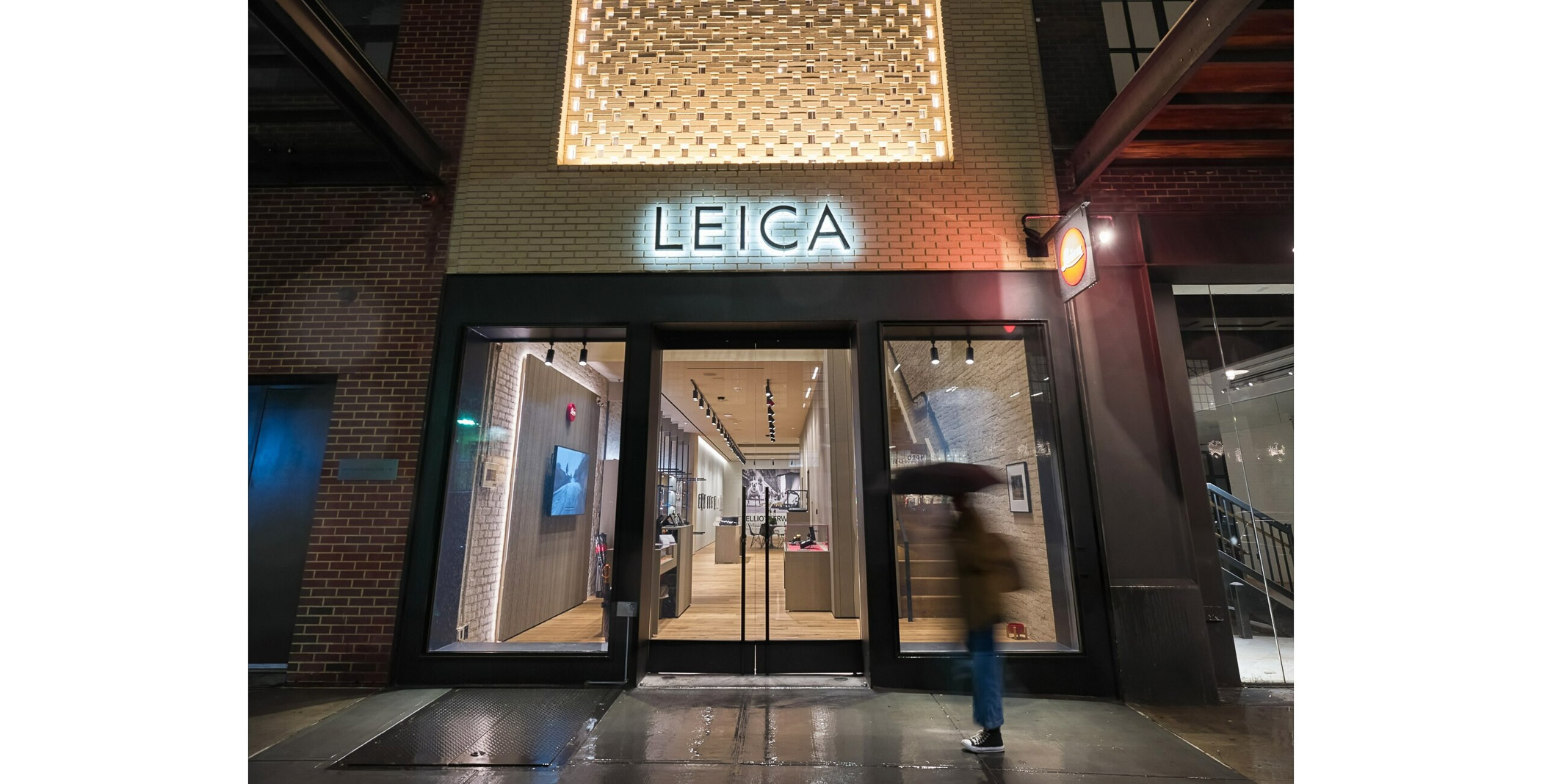
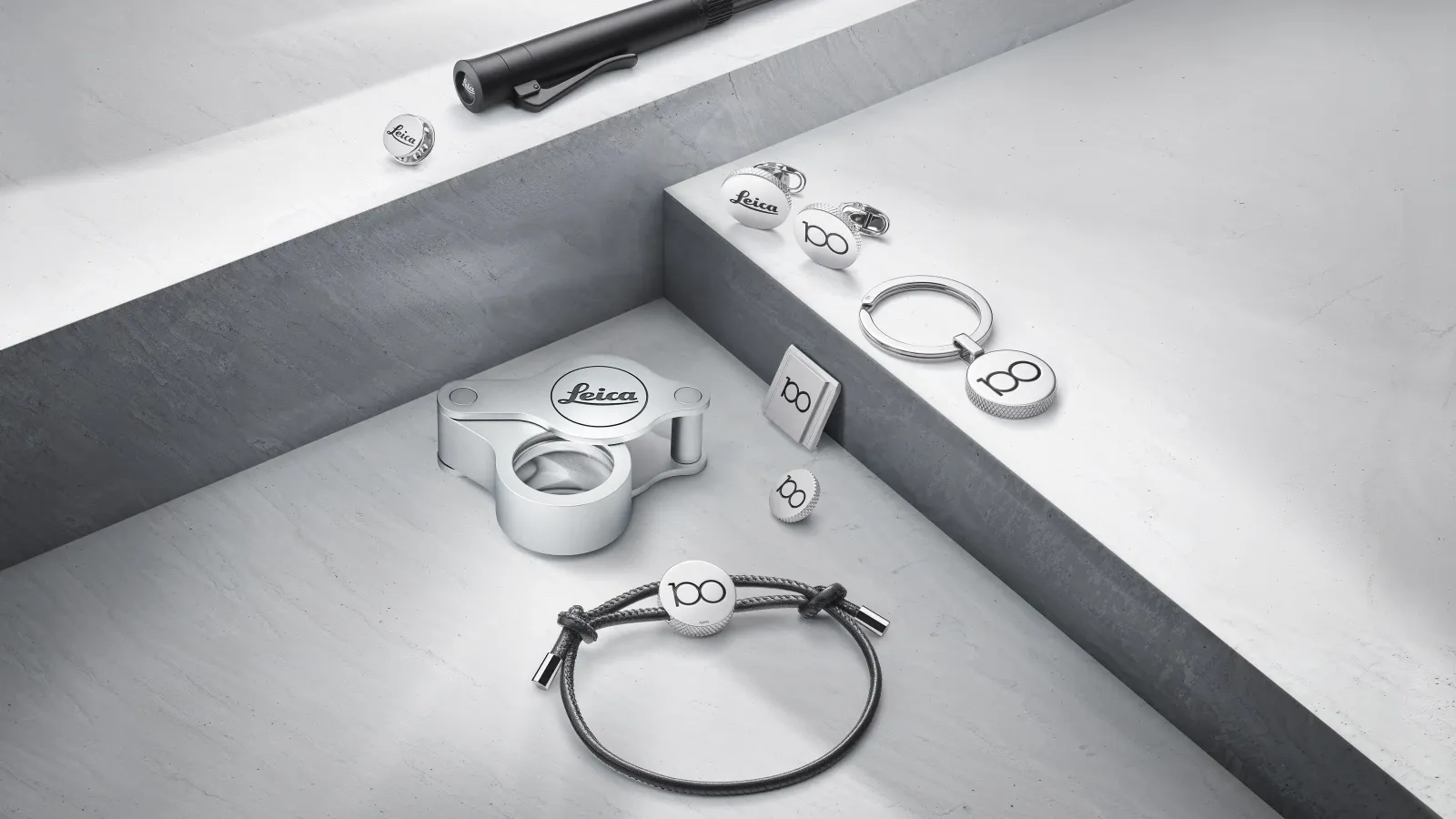
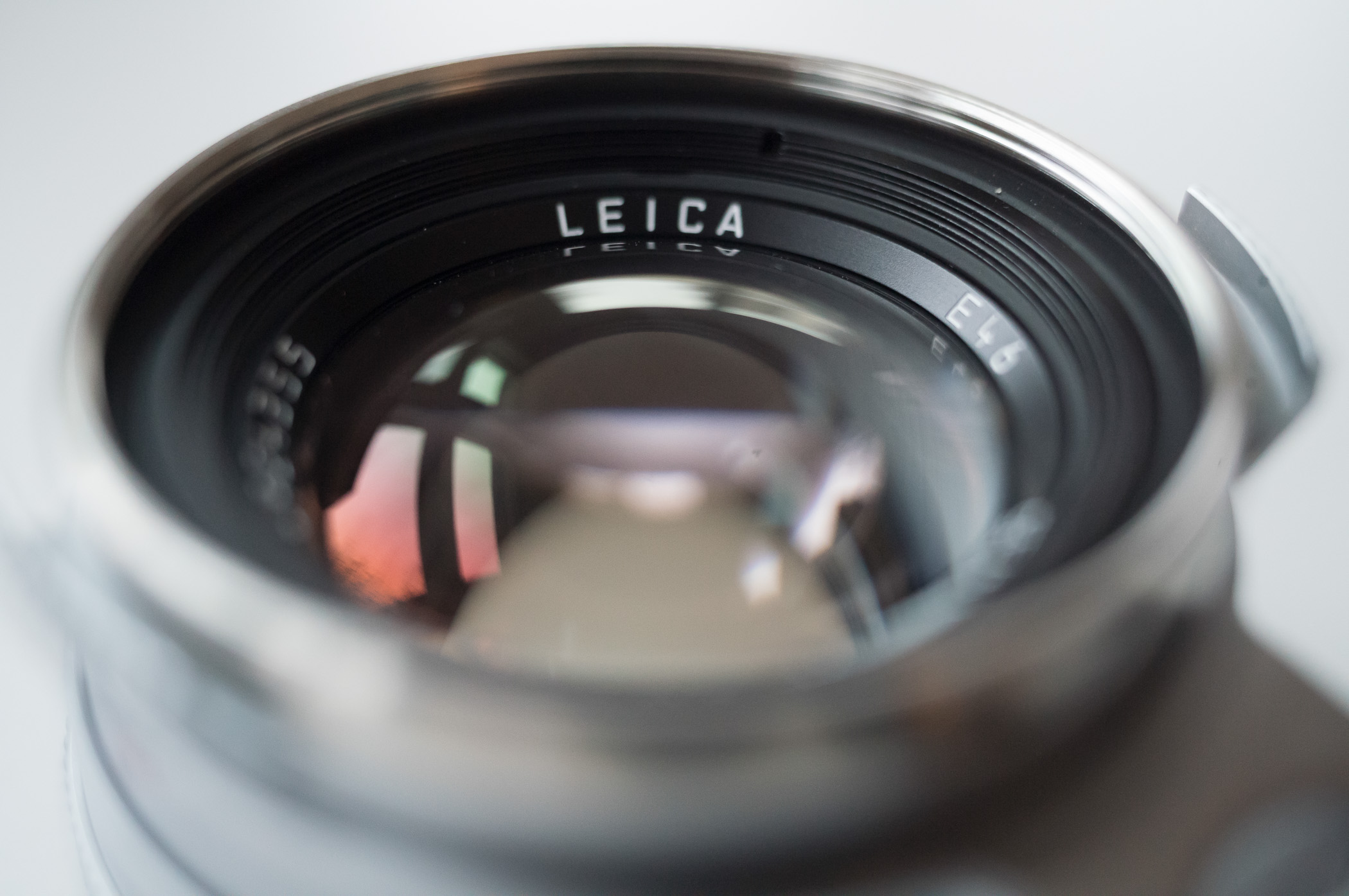
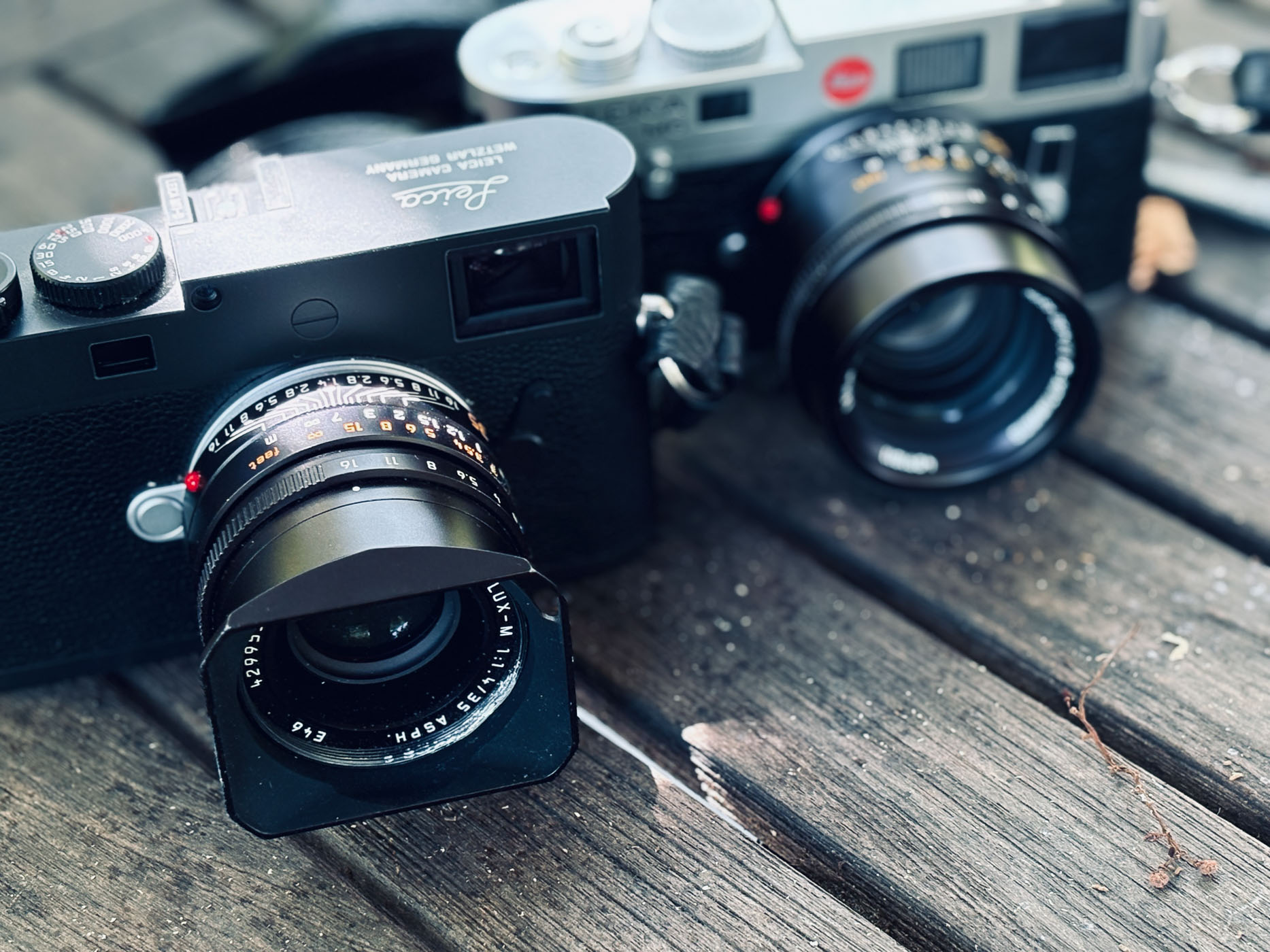
A really good read Bud. I thoroughly enjoyed your article!
Looking forward to the next one!
Mark
Hi Bud
I was sure I had already commented, but perhaps I never pressed Post!
Anyway – it was an excellent article which I enjoyed very much – I quite agree that it feels nicer shooting with a Leica, but having worked with them (not for the) for the last 15 years I’ve come to realise how absolutely dedicated they are to keeping things as simple and philosophically ‘clean’ and logical as possible. Fuji and others pride themselves on listening to their customers and adding the features they want, with the result that shooting their cameras really can be confusing. Leica listen as well, but they will only implement things which make absolute sense.
As an unnecessary aside I see that the top of the range Canon at the moment is £6,999 in the UK – whereas a nice black paint M11 is £7,999 – so, more expensive. . .
All the very best
Jono
Fabulous
Very nice article!
I owned few Leica cameras in last 20years. M3 1957. needed calibration it cost a lot of money to send and calibrate. M7 Silver chrome absolute beauty well made needed to replace resistant under the Shutter sped wheel. It cost 750€ to be replaced in 2013. M6 I was not impressed and sold it. M9M absolutely my favorite digital camera and with Zeiss 35mm Distagon it was match made in heaven. Beautiful film MP black paint and by far it is my favorite Leica. When it comes to commission work I am using 500CM, 503CW, 907x and L617.
Nicely balanced and engaging article!
I remember a period of time when Leica was much cheaper than Canon though not really apples for apples.
In 2003 I paid $8000 USD for the 11MP Canon 1Ds ($14K in today’s dollars) As a full time pro with a slew of Canon lenses, I needed to be current. Each time I sold off a 1Ds for the next generation I lost at least $3K. My last 1Ds, the Mark III was still $8000 ($12.4K in today’s $.) At the same time the Leica M8 was around $4000 USD. I thanked my lucky stars for Canon’s introduction of the 5D line so I could buy my second bodies for far less than $8,000.
Now that technology has evolved, top line pro Canon/Sony/Nikon are a lot less expensive. As you point out, Leica pricing has gone up disproportionately.
As we know, the camera doesn’t create meaningful images on its own. I need to check my stats to verify it but my sense is that I have a higher hit rate of successful images on my M camera than with my other ones. Mainly because, by necessity, I am more considered with my shooting, and like you, feel the camera doesn’t get in my way. It is just an extension of my mind’s eye.
Thank you, Joel. That’s some interesting history. I do remember my first digital camera (having waited for for the magic “full-frame” having come from film) and how it felt outrageously expensive to me at the time.
Send more
I am old enough to have known HCB. When asked once at an exhibition, by a parent who wanted to buy a camera for his son, what camera do you use? HCB replied, does one ask Picasso what brushes he uses? Or Godard, what cinema camera he uses? My friend, it’s in the eye of the photographer where you find something special. Yes, my Leica cameras are wonderful machines, we shall leave it at that said HCB.
That’s Beautiful!
I have two old Leicas: an M3 from 1963 and a IIIa from 1937. Both work as if they were brand new. They are both a lot of fun to use. You don’t have to sell me on the virtues of the Leica brand. Based on my experience, Leicas are extraordinary cameras.
Few things in the world have that sort of heritage and have managed to transition to the modern world. I want to try some of the older Ms sometime.
“Gucci is a luxury brand: nothing about a Gucci bag’s quality changes the way one carries things. Everything about a Leica changes the way you photograph”
This had never occurred to me, and is so very well said. I wish I’d thought and said it!
Maybe this suposed big difference is more because today’s film or digital M type Leica’s are arguably now THE least versatile camers it is posible to buy. I.E. One just has to work differently, with as it were, one hand tied behind ones back!
I’m all in for the lack of versatility 🙂
Ansel Adams said “…if photography were difficult in the true sense of the term…there would be a vast improvement in total output. The sheer ease with which we can produce a superficial image often leads to creative disaster”
I’ve neither the experience nor expertise to contest your point!
But I can speak from my own experience as an academic and consulting mathematician. In those contexts, one has to sign off — that one understands exactly what is happening and that one understands exactly the work submitted. Even if a computer is involved!
Sometimes, with modern cameras, I wonder if I’m really the one taking the photo. Or is it mysterious software doing the job? As I’m no kind of professional here, it doesn’t matter — I’m not going to be sued for a poor photo! Yet it matters to me….
Hey Kathy, you might enjoy a book called “The Manual of Photography” by Elizabeth Allen, Sophie Triantaphillidou – it lifts some of the mystery around sensors and such. I wrote about it on my site (click on my name here) if you’re interested in a summary.
In keeping with the purity of the rangefinder theme, when I ask if I’m the one taking the picture, I was referring to ‘features’ like autofocus, auto iso, in camera correction…
Thank you!
Likewise I love the purity and very basic simplicity of Leica’s M range finder cameras, but at the same time salso lament the M’s undoubted lack of versatility, and I do not mean I wish for more things to trawl through, rather I miss the abiIity to use far longer lenses, or even more so my not even being able to fit or enjoy the convenence of such as a so versatile short range zoom. All things I can do incidentally with my SL2
Hey, Don – I agree with you, and the SL line is pretty fantastic. That said, they’re large, and versatility means being able to carry everywhere. I may one day get an SL, too.